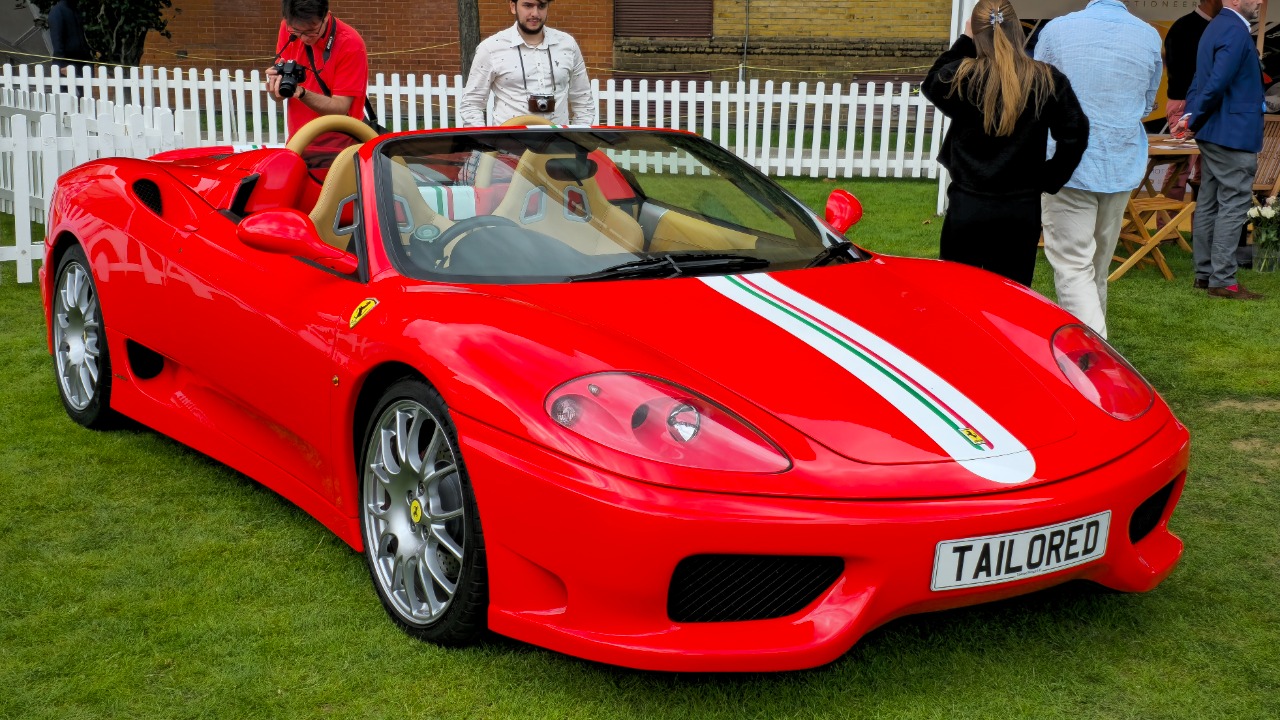
The Ferrari 360, a classic sports car introduced by the Italian automaker, remains a coveted model among enthusiasts even 25 years after its debut. As of today, the cost of a 25-year-old Ferrari 360 varies significantly, reflecting its status as both a collectible and a performance vehicle. This enduring appeal is rooted in its unique blend of design, engineering, and heritage, making it a fascinating subject for car enthusiasts and collectors alike.
Market Value of a 25-Year-Old Ferrari 360
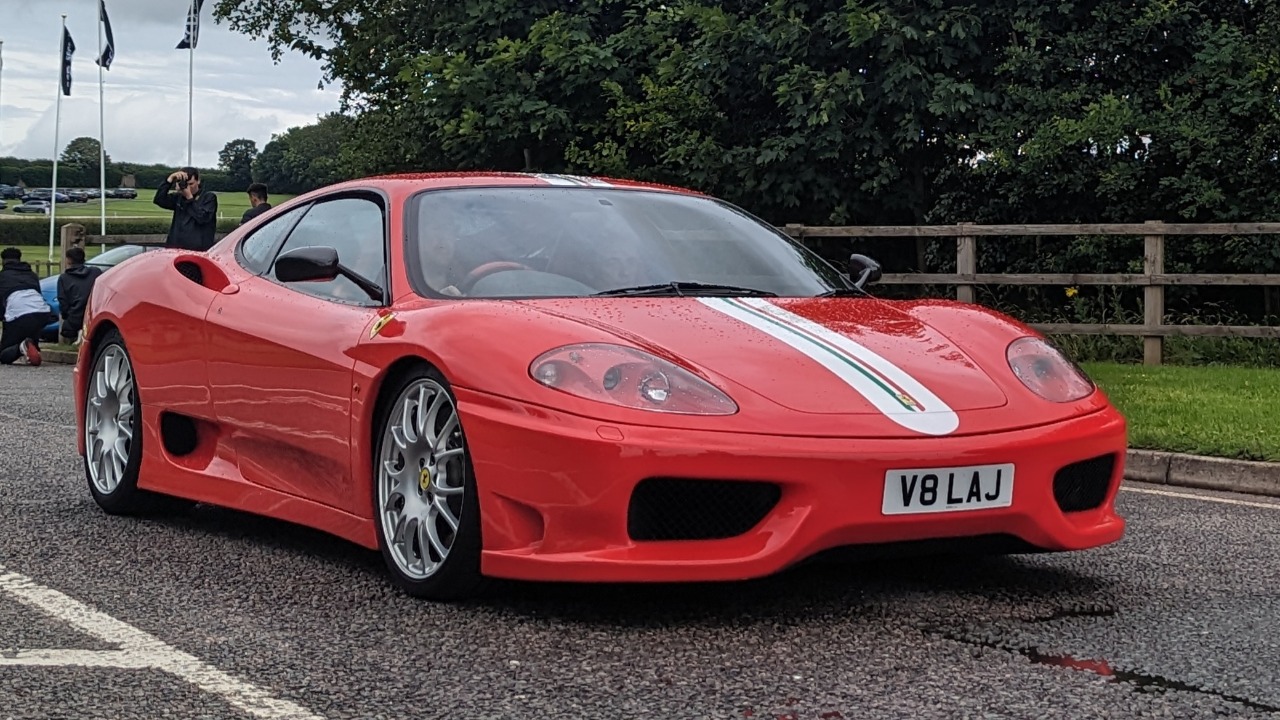
The current market value of a 25-year-old Ferrari 360 in 2025 can vary widely, with prices typically ranging from $70,000 to $150,000. This variation is largely dependent on several key factors, including the car’s condition, mileage, and rarity. Well-maintained models with lower mileage tend to command higher prices, as do those with unique features or limited production runs. For instance, a Ferrari 360 with a pristine service history and original parts can fetch a premium in the resale market.
When comparing the Ferrari 360 to other classic Ferrari models from the same era, it often stands out for its relative affordability and accessibility. While models like the Ferrari F355 or the Ferrari 550 Maranello might also attract collectors, the 360 offers a balance of performance and price that appeals to a broader audience. This makes it an attractive option for those looking to enter the world of classic Ferrari ownership without the higher price tags associated with some of its contemporaries (HotCars).
In addition to the factors already mentioned, the geographical location of the sale can also influence the market value of a Ferrari 360. Cars sold in regions with a strong car culture or where Ferrari has a significant following may command higher prices due to increased demand. Furthermore, the time of year can affect pricing, with prices potentially rising during peak car show seasons when interest in classic cars is heightened. Another consideration is the car’s color and interior options, as certain combinations are more desirable and can add to the vehicle’s appeal and value.
Historical Significance and Appeal
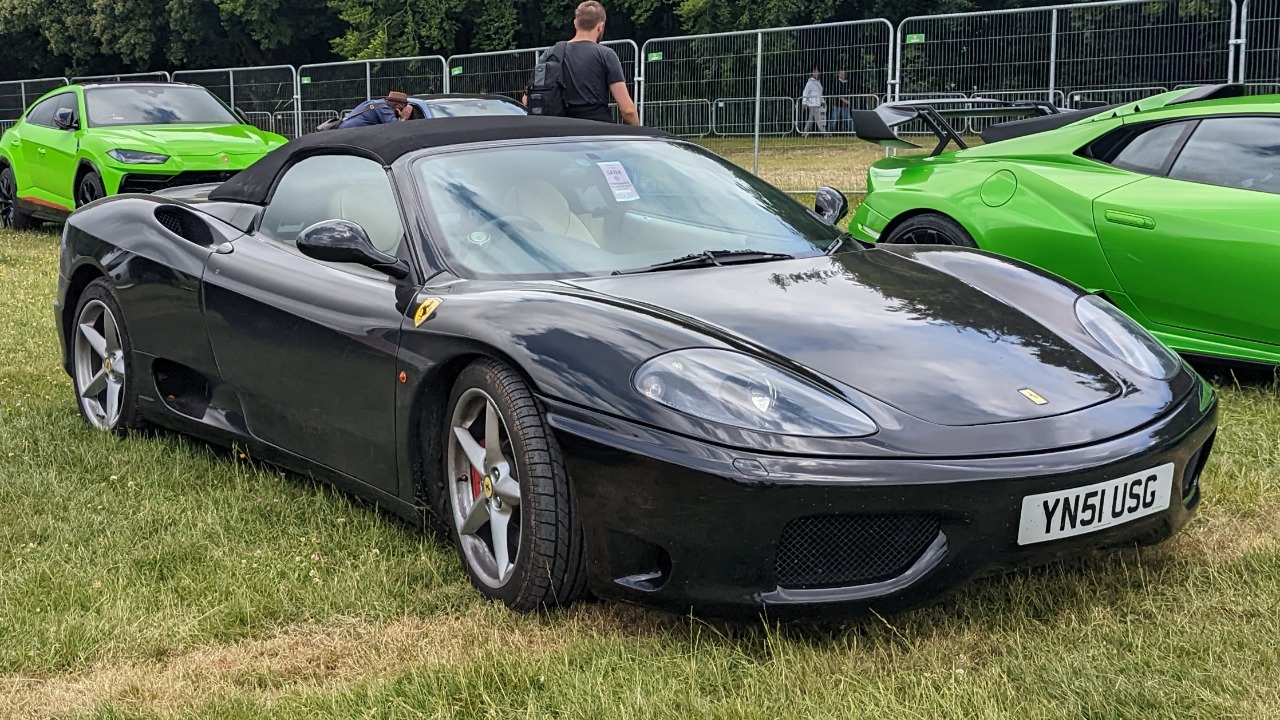
The Ferrari 360 was introduced at the turn of the millennium, marking a significant evolution in Ferrari’s design and engineering philosophy. It was one of the first models to feature an all-aluminum space-frame chassis, which contributed to its lightweight and agile performance. This innovation, combined with its 3.6-liter V8 engine, made the 360 a formidable competitor in the sports car market of its time.
Key features such as the F1-style paddle-shift transmission and the aerodynamic design helped cement the Ferrari 360’s reputation as a cutting-edge vehicle upon its release. Today, these features continue to be celebrated by enthusiasts who appreciate the car’s blend of classic styling and modern technology. The Ferrari 360’s cultural and automotive significance in 2025 is underscored by its status as a classic car that embodies the spirit of Ferrari’s commitment to performance and design excellence (HotCars).
The Ferrari 360’s introduction also marked a shift towards more environmentally conscious engineering, as it was one of the first Ferraris to comply with stringent emissions regulations without compromising performance. This balance of power and responsibility was achieved through advanced engine management systems and catalytic converters, which were cutting-edge at the time. The car’s design, penned by Pininfarina, was celebrated for its harmonious blend of elegance and aggression, a testament to Ferrari’s ability to innovate while respecting its storied heritage. The 360’s success on the track, particularly in the FIA GT Championship, further solidified its reputation as a capable and versatile sports car.
Factors Affecting Collectibility
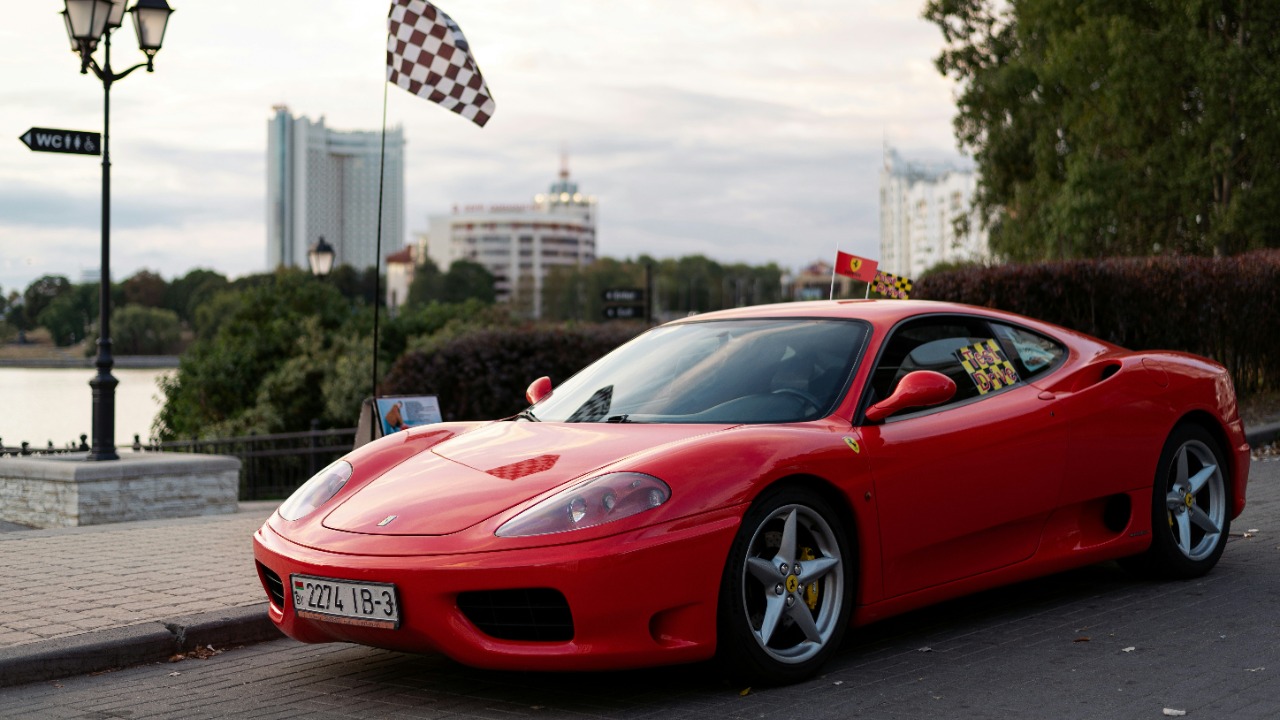
The collectibility of a Ferrari 360 is influenced by several factors, including provenance and ownership history. Cars that have been owned by notable individuals or have a documented racing pedigree often see increased interest from collectors. Additionally, the presence of original parts and comprehensive maintenance records can significantly enhance a car’s value, as they provide assurance of the vehicle’s authenticity and care.
Limited editions or specific configurations, such as the Ferrari 360 Challenge Stradale, are particularly sought after due to their rarity and enhanced performance features. These models often include upgrades like improved aerodynamics, reduced weight, and more powerful engines, making them highly desirable among collectors. The Challenge Stradale, for example, is known for its track-focused enhancements, which appeal to enthusiasts looking for a more exhilarating driving experience (HotCars).
Another aspect that enhances the collectibility of the Ferrari 360 is its role in popular culture. The car has appeared in numerous films and television shows, often symbolizing luxury and performance, which has helped maintain its allure over the years. Additionally, the community of Ferrari 360 owners and enthusiasts plays a significant role in its collectibility. Active clubs and online forums provide a wealth of knowledge and support, making ownership more accessible and enjoyable. This vibrant community also helps preserve the car’s legacy, as members often share restoration tips and organize events that celebrate the model’s history and achievements.
Buying Tips for Prospective Owners
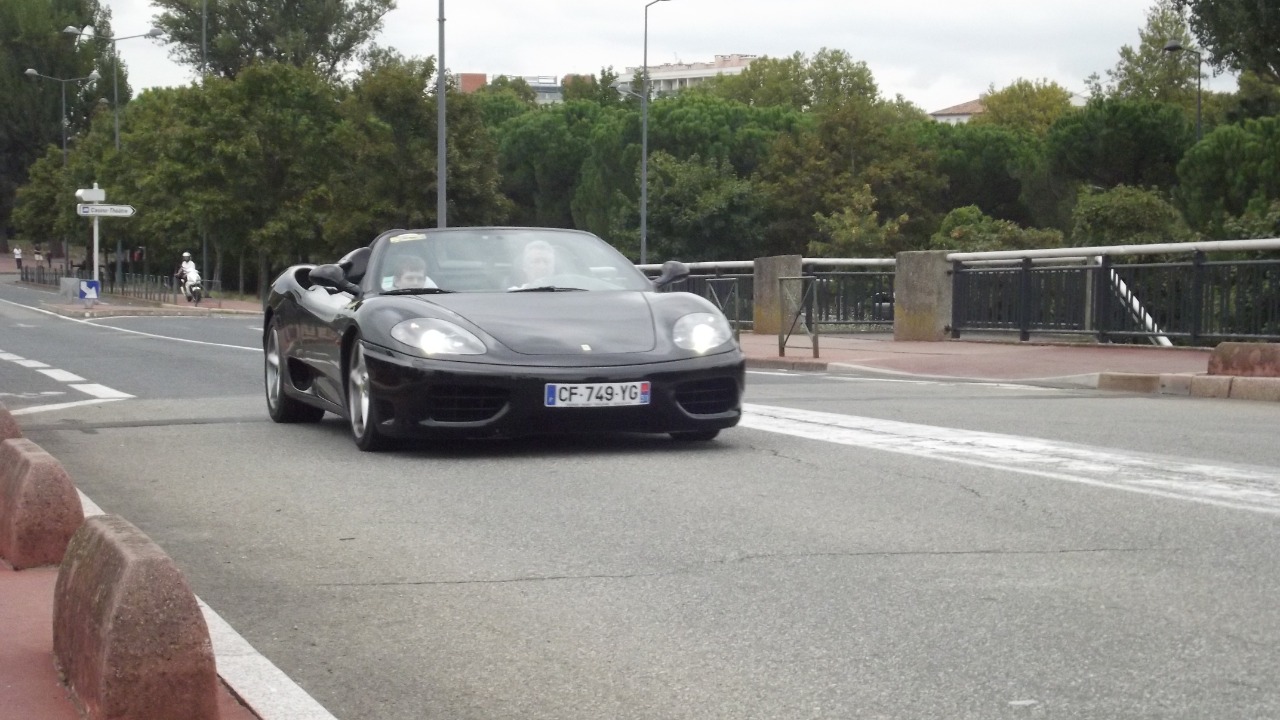
For those considering purchasing a 25-year-old Ferrari 360, there are several key considerations to keep in mind. First and foremost, prospective buyers should conduct a thorough inspection and verification of the car’s authenticity. This includes checking for matching serial numbers, verifying the service history, and ensuring that all parts are original or have been replaced with genuine Ferrari components.
Common issues to look for in a Ferrari 360 include wear and tear on the suspension, potential engine leaks, and the condition of the transmission. Regular maintenance and timely repairs are crucial for preserving the car’s performance and value. Additionally, buyers should consider the potential investment value and resale potential of the vehicle, as well-maintained models with documented histories are likely to appreciate over time. By taking these factors into account, prospective owners can make informed decisions and enjoy the thrill of owning a classic Ferrari 360 (HotCars).
Prospective buyers should also consider the costs associated with owning a Ferrari 360, which extend beyond the initial purchase price. Maintenance and repair costs can be substantial, given the car’s performance-oriented design and the need for specialized parts and service. It’s advisable to budget for regular servicing by a qualified Ferrari technician to ensure the car remains in optimal condition. Additionally, insurance premiums for a classic Ferrari can be higher than average, reflecting the car’s value and performance capabilities. Buyers should factor these ongoing expenses into their decision-making process to ensure they can fully enjoy their investment without unexpected financial strain.